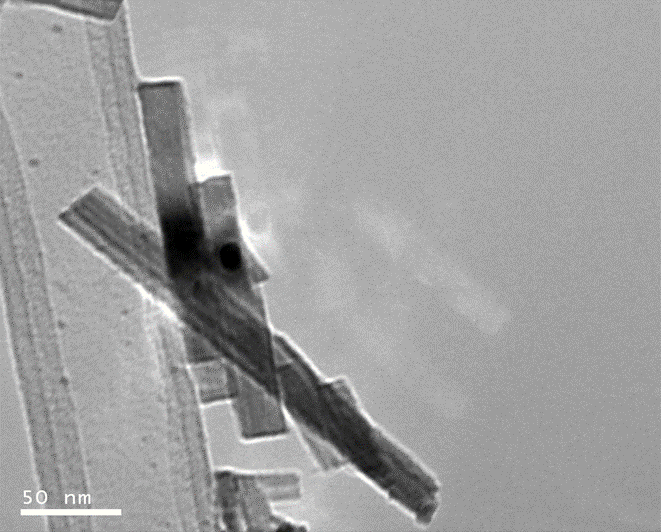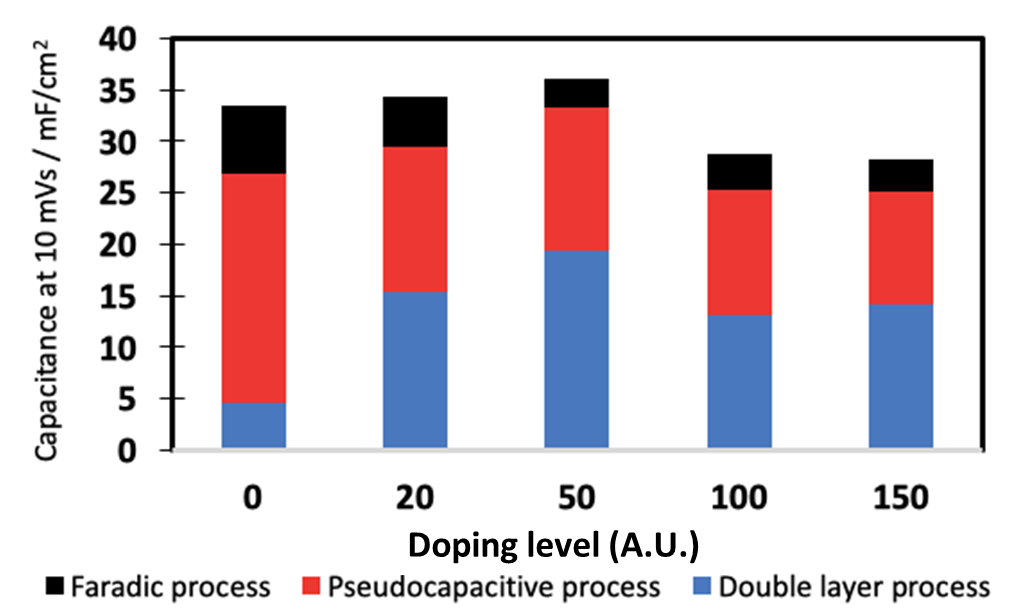IEA PseudoSPECS
French-Australian International Emerging Action in ChemistryIEA ECHAPH
2020-2021
Contact:
Prof. Thierry Brousse
Thierry.brousse(at)univ-nantes.fr
Prof. Scott W. Donne
Scott.Donne(at)newcastle.edu.au

IEA PseudoSPECS logo
IEA PseudoSPECS
News

KxWO3 electrode materials: pseudocapacitance or battery-type behavior?

Introduction
The IEA PseudoSPECS project, is dedicated to the use of a newly developed method (Step Potential Electrochemical Spectroscopy-SPECS ) by our colleague Prof. Scott W. Donne from University of Newcastle (Australia) to unveil the pseudocapacitive behavior of electrode materials synthesized by Dr. Olivier Crosnier and Prof. Thierry Brousse (Université de Nantes, CNRS, Institut des Matériaux Jean Rouxel, IMN, Nantes, France). Moreover, we target at coupling SPECS to in-situ or operando techniques (Mössbauer, XAS, XRD) used at IMN to clearly evaluate capacitive, pseudocapacitive and faradaic components of charge storage in these materials both from structural/chemical and electrochemical points of view.
IEA PseudoSPECS was initiated during the 6th International Symposium on Enhanced Electrochemical Capacitors (ISEECAP 2019) organized in May 2019 in Nantes where it first started 10 years ago. Prof. Scott W. Donne and Prof. Thierry Brousse and Olivier Crosnier discussed their results obtained on pseudocapacitive electrode materials using different techniques. SPECS results presented by the Australian partner were quite amazing compared to standard electrochemical techniques and both teams decided to apply for an International Emerging Action in Chemistry that was granted by INC-CNRS.
Missions and research themes
Nowadays, tremendous efforts are being made to improve the energy density of ECs without compromising either their power density or cycling ability. As such, pseudocapacitive materials, i.e. compounds whose peculiar charge storage mechanism involves surface and/or subsurface fast and reversible redox reactions, are of great interest in the field, as they allow reaching greater capacitance values than carbon materials, especially from a volumetric point of view. However, the nature of the electrochemical behavior of pseudocapacitive compounds is still under debate since only few experiments have confirmed its Faradaic origin. Thus, it has become a big challenge to get fundamental insights into the electrochemical phenomena occurring at/in pseudocapacitive electrodes while the cell is operated at a realistic cycling rate, i.e. within few seconds or few tens of seconds. Thus, using the recently developed SPECS technique, it is possible to examine separately the charge storage contributions from double layer capacitance and pseudo-capacitance.
Main OBJECTIVES OF THE PROJECT
In this project SPECS technique will be used to investigate the materials synthesized at IMN. This will enable the comparison of electrochemical results on new electrode materials in Nantes and Newcastle. Moreover, SPECS technique will be coupled with in-situ or/and operando spectroscopies (Mössbauer, XAS, or Raman) that have been set up in collaboration with other French labs belonging to RS2E network. This will definitely help to unveil charge storage mechanism in a wide variety of compounds from multicationic oxides to transition metal nitrides. The feedback from the different operando technique will also help to adapt the SPECS technique to different shapes of materials such as thin films, bulk electrodes, 3D microelectrodes.
institutions and laboratories involved
France
- Prof. Thierry Brousse and Dr. Olivier Crosnier (Université de Nantes, CNRS, Institut des Matériaux Jean Rouxel, IMN, Nantes, France).
Australia
- Prof. Scott W. Donne (Department of Chemistry, University of Newcastle).

Discriminating pseudocapacitance, double layer capacitance and redox capacity: SPECS will help!
